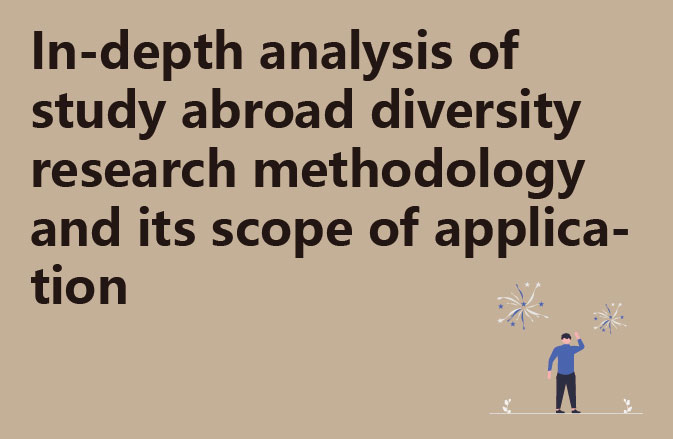I. Introduction
In the context of today’s rapidly changing social development, the scientific research required in more and more subject areas is gradually shifting from traditional qualitative research to quantitative research. Compared with the flexibility and extensiveness of qualitative research, quantitative research, characterised by its precision and objectivity, has become one of the most important research methods widely used in the current academic world. The purpose of this paper is to help you better understand the diversified research methods and how they are applied in different contexts.
Qualitative Research Methods
Qualitative research methods mainly focus on analysing non-digital data, obtaining information through a variety of ways, such as literature, cases, interviews, etc., and then drawing conclusions. This method is especially suitable for exploring complex issues such as human behaviour and social phenomena, and can provide in-depth and comprehensive information and analysis.
Quantitative Research Methods
Quantitative research methods focus on processing and analysing digital data and drawing conclusions with the help of mathematical models, statistics and other tools. This method is particularly suitable for exploring the patterns and trends of large-scale data, and can provide objective and precise data and information.
IV. Practical application of research methods
1. Questionnaire survey method: By developing a questionnaire and asking questions to respondents to collect their feedback and opinions. This method is suitable for investigating a large number of respondents and can quickly and accurately grasp the ideas and attitudes of the respondents.
2. Experimental method: By implementing human intervention on the experimental subjects, observing their responses and analysing the data. This method is suitable for exploring causal relationships and verifying hypotheses, and it can also effectively control the experimental environment and enhance the credibility of the study.
3. Case analysis method: through in-depth analysis of specific cases. This method is suitable for digging out the deep causes and solution strategies of specific problems, and can provide specific empirical data and case analyses.
4. Literature method: by reviewing relevant literature, data and other non-digital information. This method is suitable for researching problems in the fields of history, theory, policy, etc., and can provide rich literature and analyses.
5. Interview method: through face-to-face communication with interviewees to understand their views and attitudes. This method is suitable for exploring the views and experiences of individuals and can provide in-depth information and analyses.
6. Observation method: by observing and recording phenomena. This method is suitable for studying natural and social phenomena, and can provide objective data and information.
7. Network survey method: Through digital platforms such as the Internet, questions are asked to respondents to collect their feedback and opinions. This method is suitable for investigating a large number of interviewees and can quickly and accurately grasp the ideas and attitudes of interviewees.
V. Summary
To sum up, diversified research methods have their own advantages and disadvantages, and the appropriate method should be chosen according to the purpose of the research and actual needs. When conducting research, various factors need to be fully considered to ensure the accuracy and reliability of the research results.




